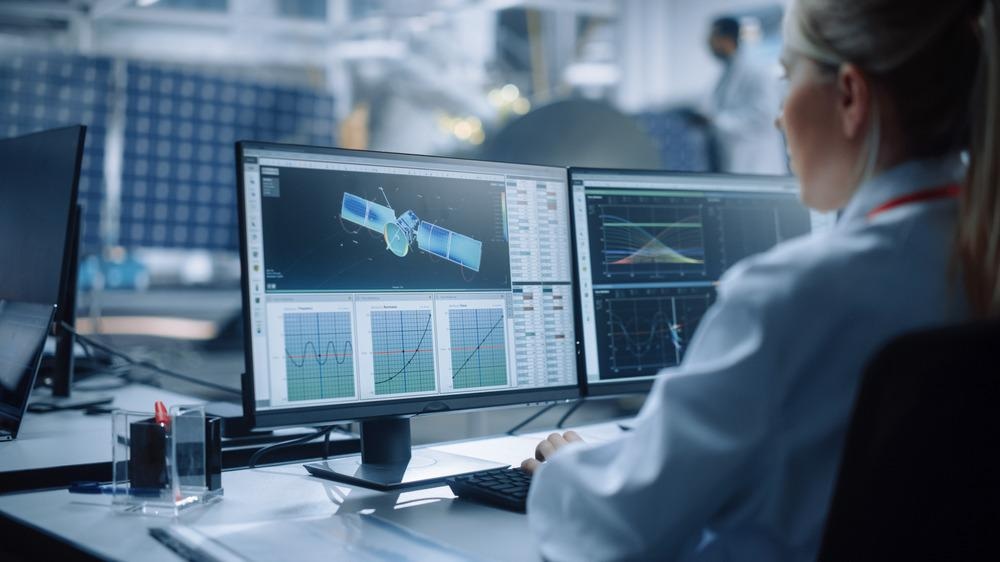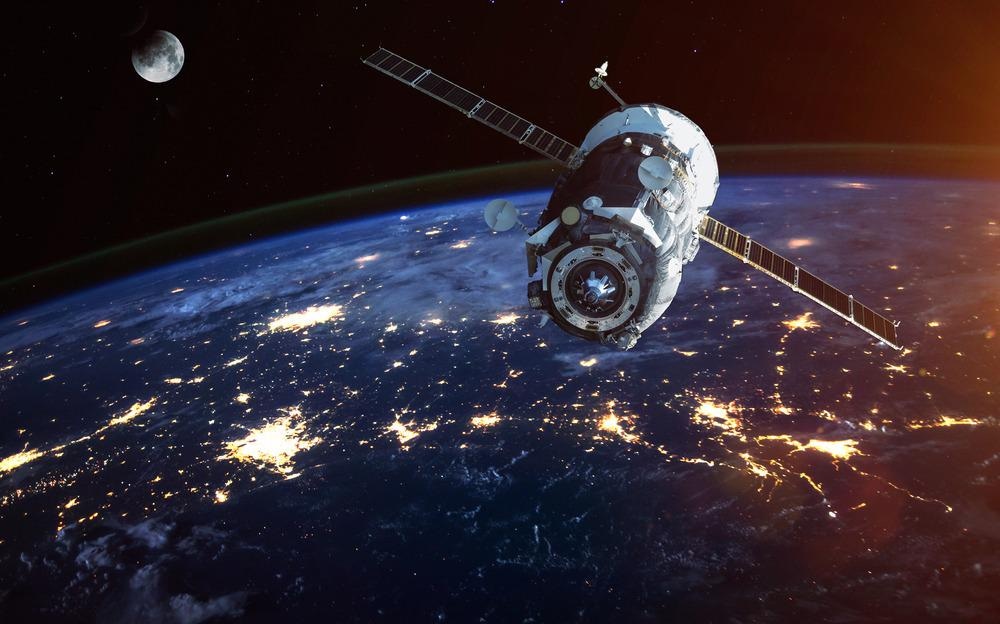As the next phase of manned space exploration begins and space around Earth becomes crowded with satellites, researchers search for the ideal way to control spacecraft and allow them to precisely maneuver.

Image Credit: Gorodenkoff/Shutterstock.com
The launch of the Inspiration 4 space mission on September 15 marked a turning point in the human exploration of space. The SpaceX project was the first all-civilian space mission and an important step in the race towards commercial space flights.
With an increase in space flights accompanying this new era of space exploration, creating adequate and easy to control systems for space crafts that allow for complex maneuvering has never been more important.
Of course, it is not just manned missions in space that would benefit from precise and easy-to-use controls. As space becomes crowded, especially in orbit around Earth, other craft such as satellites and autonomous vehicles may occasionally need to perform complex and delicate maneuvers.
A vital element in spacecraft precision maneuvering is attitude control, the process of controlling the orientation of a vehicle with respect to an inertial frame of reference or another entity such as the celestial sphere, certain fields, and nearby objects.
To control attitude sensors monitor orientation, while actuators are used to apply torques to orient the aerospace vehicle.
Control Moment Gyroscopes (CMGs) are one of the most effective candidates for attitude control in both agile satellites and large spacecraft thanks to their powerful torque amplification capability and their sense rotation in a three-dimensional space without reliance on the observation of external objects.
One of the most promising forms of CMGs are single-gimbal control moment gyroscopes (SGCMGs) which have become popular actuators for satellites and other craft that have intense agility requirements.
SGCMG clusters are widely used in spacecraft control for maneuvering, and have already been successfully employed in a wide range of space missions, including in agile satellites that are highly maneuverable.
Such attitude control systems enable more data to be gathered by agile satellites in a single pass compared to those employed with reaction/momentum wheel actuators.
Yet, as a paper published in the Chinese Journal of Aeronautics points out, this control method has a glaring setback. CMGs and SGCMGs have a singularity problem that arises when there is no torque output along a specific direction.
Introducing Singularities
Singularities come in two types with respect to the ability to escape from the singular state through null motion, elliptic singularities, and hyperbolic singularities.
The former cannot be escaped through null motion, but there is a null motion escape path for the latter.
The problem is, in cases where the angular speed of the flywheel is equal for all SGCMGs in the cluster, it is not possible to re-orient a symmetric gimbal set to a non-symmetric set through null-space motion in order to obtain a path that is singularity free.
Doing this results in a momentum change, and this causes errors to be added to the attitude system.

Image Credit: Vadim Sadovski/Shutterstock.com
That means that ridding CMG configurations of singularities is often a trade-off between robustness and accuracy.
A new paper published in the journal Aerospace puts forward a new approach to singularity avoidance in a cluster of four SGCMGs placed in a pyramid configuration.
The researchers used a new gimballed control moment gyroscope (GCMG) cluster scheme and a stepper motor to move the cluster around the vertical axis.
The design has five degrees of freedom and was supported by a new steering law — a predictive model of movement that describes the time taken to navigate through a 2D tunnel.
The new set-up developed by the team, which included University of Patras researcher Charalampos Papakonstantinou, mixed the advantages of SGCMGs including low weight, size, and reduced complexity, with the additional benefit of overcoming the internal elliptic singularities, which create minor attitude errors.
Why is maneuver important? Read more about space debris and new technologies to clean our orbit
Steering Clear of Singularities
The researchers compared their GCMG configuration with four variable-speed control moment gyroscopes (VSCMGs) — which have eight degrees of freedom — using numerical simulations.
The conclusion reached by the team was that the GCMG design was not just considerably more efficient in terms of power, but also led to a better gimbal configuration at the end of the simulation. This end configuration is something that is of vital importance for aerospace craft that are required to perform different maneuvers in quick succession.
The beauty of the system proposed by the team is that it can be used with an economical and commercial “off the shelf” stepper motor.
Because of its lightweight nature, the system proposed by the team could have important applications in nano-satellites, or nanosats, smaller artificial satellites with masses between 1 and 10 kilograms.
The advantage of these miniature satellites is they can perform many of the functions of larger devices at a fraction of the size. They can also be launched in larger numbers and are more economical than larger satellites. With an improved lightweight attitude system the functionality is vastly increased.
The next step for the research is to see how it functions under different steering laws.
References and Further Reading
Wu. Y., Han. F., Hua. B., et al. (2018). “Singularity analysis for single gimbal control moment gyroscope system using space expansion method,” Chinese Journal of Aeronautics, [https://doi.org/10.1016/j.cja.2018.01.022]
Papakonstantinou. C., Lappas. V., Kostopoulos. V. (2021). “A Gimballed Control Moment Gyroscope Cluster Design for Spacecraft Attitude Control,” Aerospace, [https://doi.org/10.3390/aerospace8090273]
Disclaimer: The views expressed here are those of the author expressed in their private capacity and do not necessarily represent the views of AZoM.com Limited T/A AZoNetwork the owner and operator of this website. This disclaimer forms part of the Terms and conditions of use of this website.